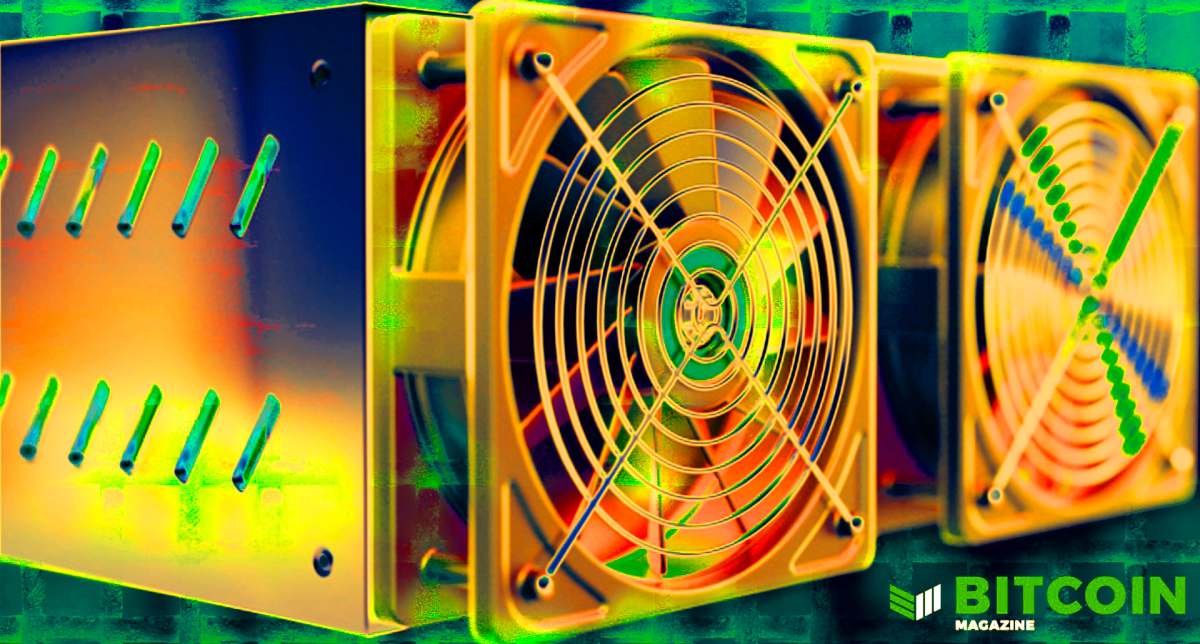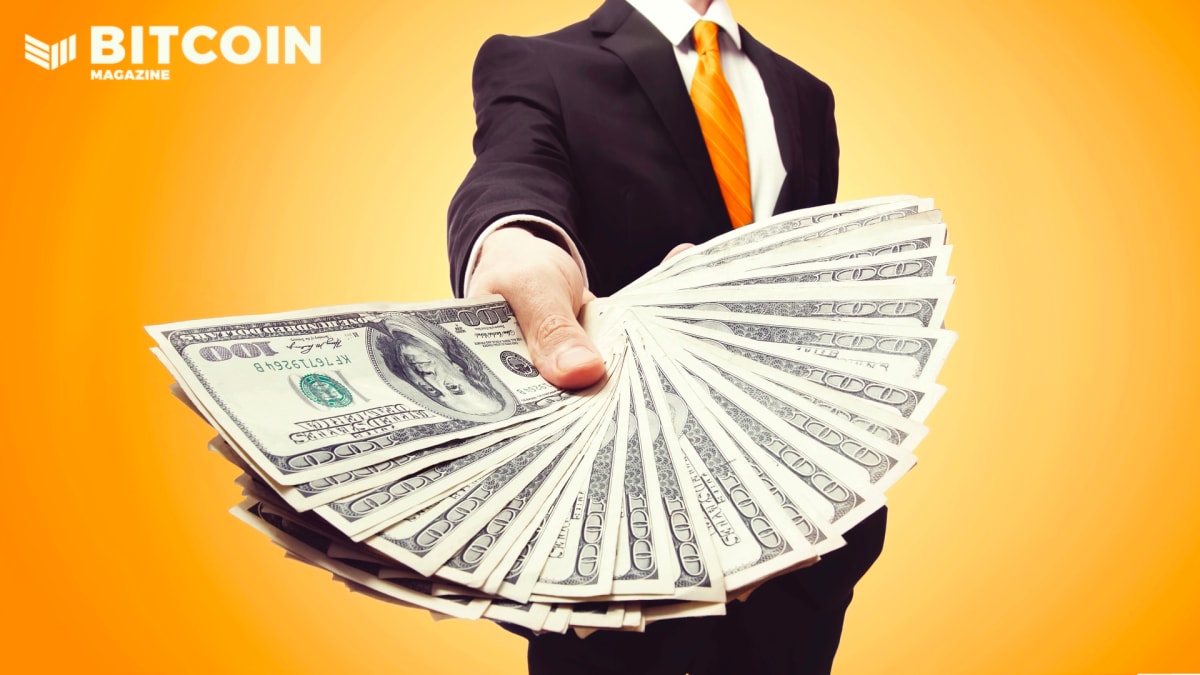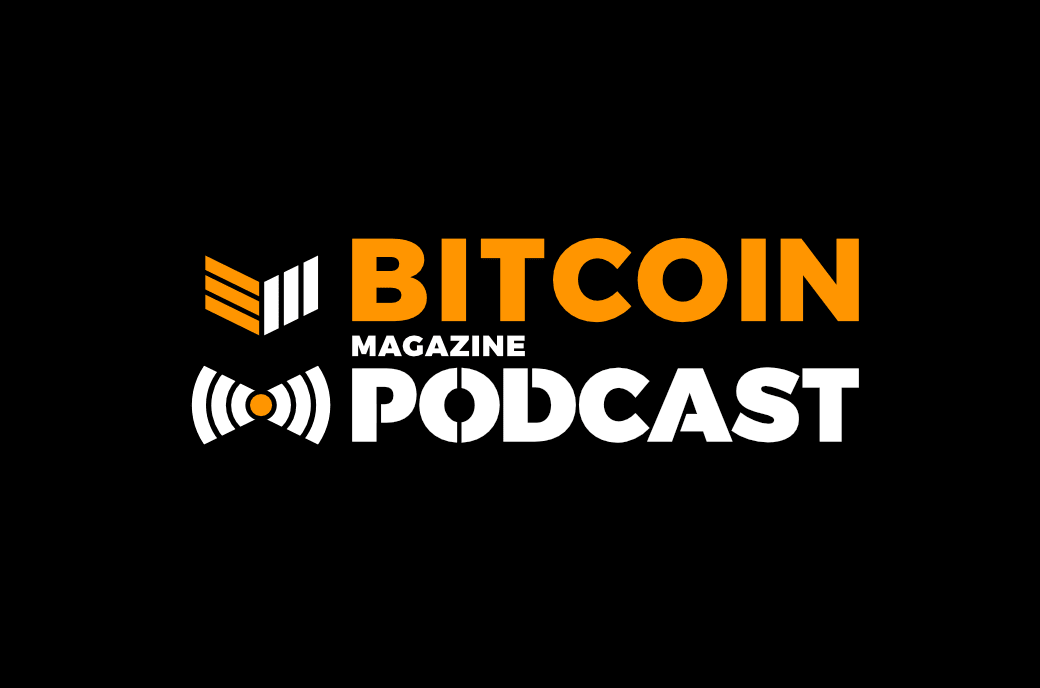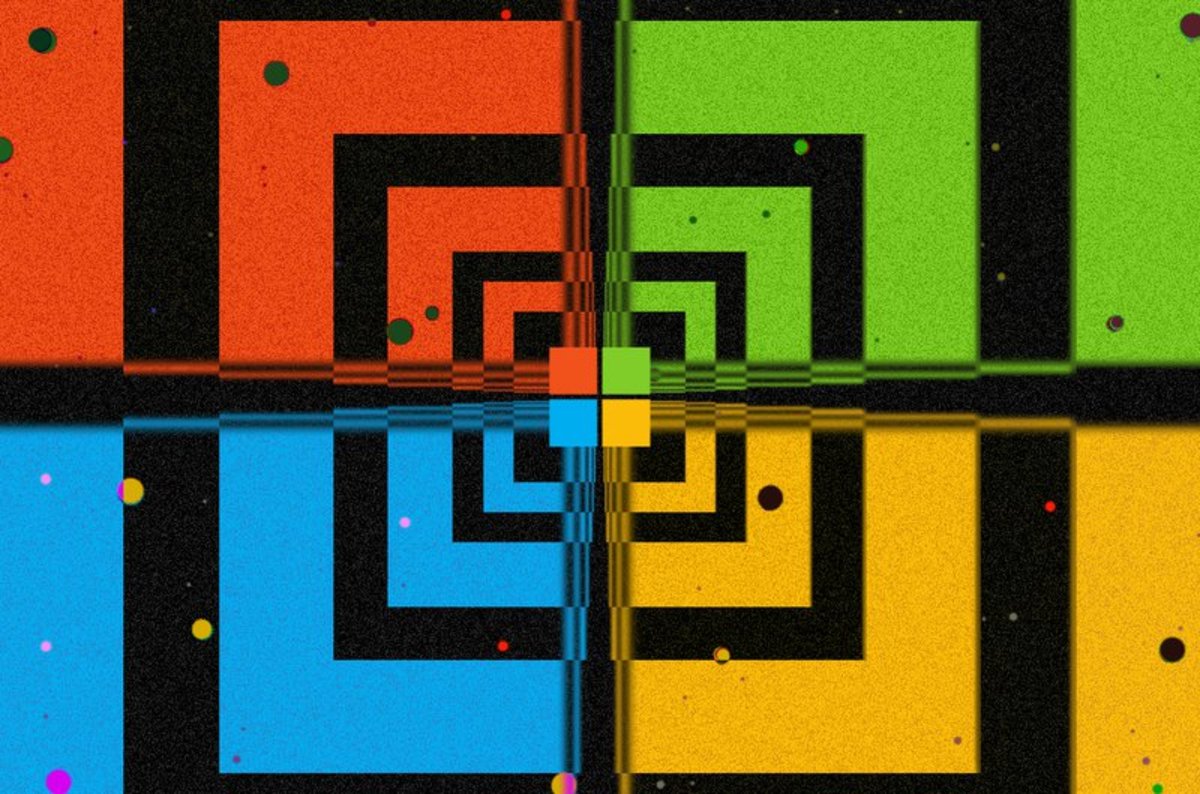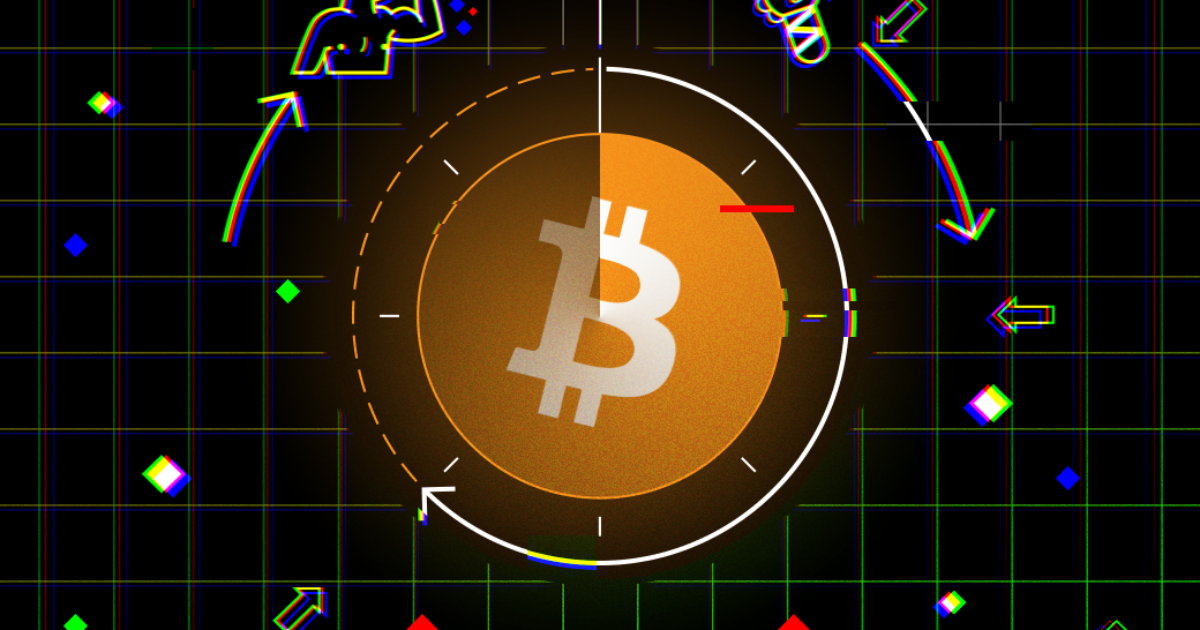Six Reasons To Withdraw Your Bitcoin From Exchanges
Here’s why you need to hold the keys to your own bitcoin and never store large amounts on exchanges.
#1 – If your coins are on an exchange, you need permission from the exchange to spend them. In your own custody, you can do whatever you want and pay whomever you want, whenever you want, at the fee you want.
You will understand this if you’ve ever wanted to move your bitcoin from an exchange and you were blocked because you needed to provide more identification documents or prove your source of income. You may have been blocked because you reached a 24-hour limit of value you are permitted to withdraw. Your funds may have been unavailable due to unscheduled system maintenance. It is your bitcoin and yet you are in a powerless position.
Bitcoin doesn’t actually care who you are or how much you are transacting. You can move 100,000 bitcoin and you’ll be free to do that without any resistance any time of the day, even on Christmas Eve, if the bitcoin was in your possession.
#2 – Your coins might not really be there. What you see is a promise that if you ask for your bitcoin, they will give it to you. But if the exchange gets hacked or if the CEO fakes his death and takes the private keys or if the government steps in, all coins could go bye-bye.
Newcomers log into their exchange and see “Balance = 1.0 bitcoin” and they think that is their bitcoin. It is not. That is a number on a screen. The bitcoin is on the Bitcoin blockchain, the global distributed ledger. The entity that can move that bitcoin from one address to another is the entity that has the private key that generated that address. The user of an exchange does not have the private key, the exchange does! It is their bitcoin. The bitcoin belongs to whoever has the private key. This is crucial to understand.
The exchange just has a legal agreement that the bitcoin belongs to the user and they show the user their balance. But the user just has a login name, a password, and a promise. Not a private key.
A little sinister trick that blockchain.com employs is a 24-word password to log in to the website. This LOOKS like a bitcoin private key, but it is not. It is just a website-password. Blockchain.com has the private key. This is quite misleading, and confuses beginners as to the true nature of how Bitcoin works.
Many exchanges have been hacked and coins have been stolen from those exchanges:
- Mt. Gox is the first and most famous.
- Quadriga CX, a Canadian exchange, went bust after the CEO — the only person in the company with access to the private keys (allegedly) — died (allegedly) while on a trip to India. The users lost all their bitcoin.
- Cryptopia, an exchange in New Zealand. They got hacked and users lost their funds.
- Binance. $40 million worth of bitcoin was stolen but Binance was wealthy enough to make their users whole. Embarrassingly, the CEO called for a rollback of the Bitcoin blockchain to recover lost funds but was laughed out of town.
- Most recently, the CEO of a Turkish exchange fled the country with $2 billion worth of bitcoin.
- There have been many others that I had not previously even heard about.
There is no way to tell if an exchange really got hacked or if it was an inside job from a rogue employee. The bottom line is: if they hold your bitcoin, you are trusting them to act honestly and safely.
You might not trust yourself with self-custody. That is understandable. But it is your responsibility to educate yourself on self-custody or at least only partially-custodial collaborative custody. Most early Bitcoiners are likely sitting on a lot of bitcoin. They must step up and look after their coins. People brand new to bitcoin can store their initial small stacks on exchanges and it won’t matter too much. But you, you are early. You must take responsibility. All the information is available online and free.
#3 – If coins are left on the exchange, they can engage in fractional reserve lending, effectively inflating the supply of bitcoin. If there is a mass withdrawal by the public, exchanges can and have gone bust if they don’t have the coins that were promised. Coins go bye-bye.
Fractional reserve is the fraudulent practice for accepting a deposit, and then lending it out, but the depositor is given the illusion that their money is still available. Somehow this is both common and legal in the fiat banking world. If one bitcoin is deposited and then is loaned out, the depositor should not have access, similar to a term deposit. This would be full reserve or one-to-one banking.
If the depositor requests their funds, then what is returned to them is another depositor’s funds instead and, in theory, no one is hurt. But if many people want their funds at once, then the obligations cannot be fulfilled.
This practice not only inflates the supply of money but is a systemic risk.
By withdrawing your coins, you eliminate the risk to you of a bitcoin bank run.
Trace Mayer, a once loved Bitcoiner, started Proof-of-Keys Day, on the anniversary of the first Bitcoin block, January 3. It started a movement where Bitcoin users celebrate by withdrawing all their coins from exchanges all at the same time, putting stress on the system, to keep the exchanges honest. Any exchange that was running on partial reserves could be exposed if enough people participated.
#4 – One day governments may outlaw withdrawals to private wallets, leaving your coins stuck and vastly less valuable. The real bitcoin economy would consist of the open peer-to-peer market outside of the exchanges while the coins trapped inside exchanges would be useless.
I am fully expecting governments to make it extremely difficult or outright ban coins from leaving exchanges into private wallets. We will fight back, no doubt. But the effort by governments will be futile. Most bitcoin is not on exchanges. My estimate is that about two million coins of the 18.7 million mined are on exchanges.
Bitcoin’s future is as peer-to-peer money, with most payments made on the Lightning Network. Coins on an exchange cannot serve this function. Exchange coins will always have a middleman that you will require permission from to make payments.
Coins stuck on the exchange due to laws cannot be used as bitcoin is intended and they will be less valuable. If I offer a service and charge in bitcoin, I will only accept real bitcoin outside of exchanges. I will not take payment from trapped bitcoin to my exchange wallet. I will not be alone. Therefore, there will emerge a price difference between real bitcoin and IOU exchange-trapped bitcoin.
#5 – Powerful people who want Bitcoin to fail MAY be naked shorting it on futures markets. If we, The Resistance, buy bitcoin and extract it from the trading pool, we will eventually enforce a decoupling of the price of paper bitcoin vs physical bitcoin.
We are fighting the people who print fiat. It’s easy for them to naked short bitcoin and suppress the price because they can print money and therefore have no real risk.
*Click here to read more about how naked shorting can affect the price of assets.
Here’s why they’ll fail: there is an army of Bitcoiners, true believers, who are regularly buying bitcoin and withdrawing coins from exchanges. Most of the coins are off exchanges already. If the naked short attack succeeds in driving down the price, Bitcoiners will eagerly scoop up the cheap sats and remove even more bitcoin from the exchanges.
Miners can somewhat replenish the supply of coins on exchanges. Currently, miners could theoretically dump 900 bitcoin per day onto exchanges. When HODLers remove 900 bitcoin a day, the price is relatively steady. Wild fluctuations in price can happen despite this, of course, as traders buy and sell coins between each other. But as more and more coins are removed and as mining supply diminishes (halves every 4 years), there will come a point when not enough bitcoin is available. This will cause a decoupling of the paper price of bitcoin on the futures market and real bitcoin that is demanded by HODLers or merchants.
Be a part of the army to bring this day forward and make bitcoin successful sooner. Regularly stack bitcoin — Dollar Cost Average (DCA) — and remove the coins from the exchange.
#6 Unless you take coins into your own custody, you will never fully appreciate how Bitcoin works.
If you don’t appreciate it, you won’t buy enough of it. And this you will regret.
You will need to learn more about self-custody and run a node. This will also blow your mind and get you closer to the truth of how amazing this technology is. You might even start using the Lightning Network and be totally obsessed. In a good way.
This is a guest post by Arman the Parman. Opinions expressed are entirely their own and do not necessarily reflect those of BTC Inc or Bitcoin Magazine.

